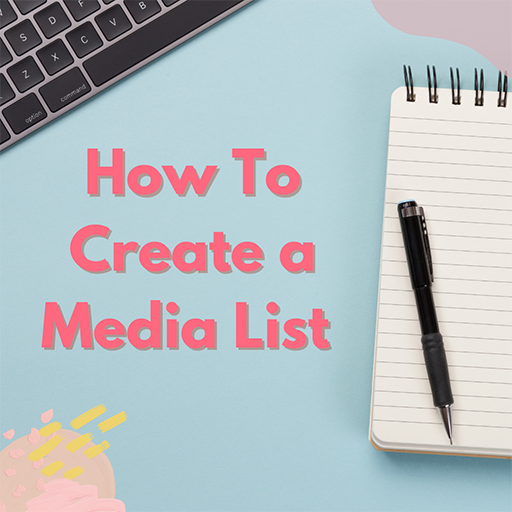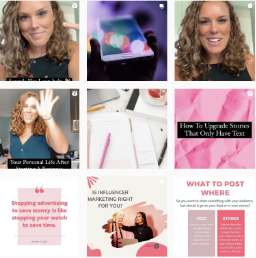Whether you’re working with an agency or handling public relations in-house, having a solid media list is the foundation for a strong PR program. However, it can be a challenge to find the media you should be talking to – or where to start.
Step 1: Do your research
Research the publications, online outlets, TV stations, and social media accounts you want to be included in or partner with. Remember that every media outlet has a style all its own based on its audience. Even if they cover the same news, different media outlets will cover it from different angles. Know which outlets cover your industry, and if you have a local audience, what your main local outlets are.
On top of the publications you want to be in, individual journalists may have specific “beats.” So not only does your news have to match the publication’s overall style of news, but your angle has to match what the journalist writes about too. It is best to learn these nuances by reading, watching or listening to the media outlet repeatedly before pitching them your news.
For many journalists, you can find their emails online. If you’re looking to maintain a more robust media program, you may want to consider a media database such as MuckRack or Cision, which offer an easy-to-use database that includes journalists’ contact information, recent articles, and their beat information.
Step 2: Scope out social media
Journalists are just like the rest of us – they use social media to find trends or research people and topics. Similarly, social media can be a great way to reach out to journalists if you can’t find their email address available online.
Before reaching out, make sure you and your company have a presence on different platforms and share information showcasing why you are an expert in your field, any awards you have won or certificates you have earned that make you stand out in the crowd. Most importantly, share what differentiates you from your competitors AND what you can offer the journalist. Make sure your bio clearly defines who you are and who your business helps or what you do.
Step 3: Build the relationship & position yourself as a resource
What’s in it for the journalist’s audience? When sending information to a journalist, you have to have a relevant or compelling hook. Ask yourself questions like, what makes this information interesting? Is it related to current events? Does it set your business apart from your competitors or current market norms? What does a reader or viewer get out of this information? Does it tell a good story?
Third party validation is also valuable when pitching your business or services. Offering journalists one of your clients or business partners as a source to speak about how great your product or service is can also help round out the story the journalist may write.
Be brief. The media loves information that’s easy to digest. Pitch your story with some quick-hit data and facts that can be easily consumed by the audience. Use stats — but not too many — and quick tidbits in bullets to get your points across. Use links to your website, press room, contact information so if what you are pitching is of interest, the journalist can research more or get in touch easily.
Building relationships with media is a skill – but can arguably be the most valuable element of a successful PR program. Not sure you have the time to build this network for yourself? Reach out and let our team at Farrell Public Relations help! We have over two decades of experience working with our clients to position them positively in the media landscape.
That’s all for now, but if you have specific questions, reply to this email. I am always here to help!
To your success,
Nora

